
 Post Category - ParentingParenting - Post Category - Toddler & PreschoolerToddler & Preschooler
Post Category - ParentingParenting - Post Category - Toddler & PreschoolerToddler & Preschooler Post Category - Health & WellnessHealth & Wellness - Post Category - WellnessWellness
Post Category - Health & WellnessHealth & Wellness - Post Category - WellnessWellnessCriss-cross, apple sauce
As a playgroup teacher with nearly a decade’s worth of experience, there is nothing that brings me more joy than observing children in their natural element. As a play therapist and support worker, it is my job to assist my students as they grow, interact with their peers and their physical development.
One area that I’m especially passionate about is the importance of posture in play, notably when seated. As a playgroup teacher, it is important for me to also be aware of the areas of physical development, and to help pinpoint little issues like W-sitting. Those that attend my classes will often hear me say “criss-cross, apple sauce” and have heard me discourage sitting in the W pose.
A little experiment for parents: try to experience what it’s like to sit in the W formation to get your toddler’s perspective. Did you notice the array of movement you used? Pay special attention to how you got in and out of the sitting arrangement and the balance used. All of these movements are crucial for our children to learn for their physical development.
And so, we come to our first issue: W sitting uses only the straight plane, forward and backward motion. What about using the core? What about the pressure put on the lower joints by falling in and out of this position? When observing a child sitting in the W position, they look as though they are rooted to the floor. When a child is seated this way with the toys directly in front of them, they show little concern for the toys to the back or to the sides of them. W sitting does not allow for trunk rotation, or for weight shifts. Try running or even writing without being able to move your trunk confidently side to side. The decreased trunk mobility can obstruct sideways movements, thus affecting the ability to write.
For all children, this pose should be avoided, and W sitting should always be a no-no for children presenting with:
- orthopaedic concerns
- muscle tightness
- neurological concerns and developmental delays
What can be done?
At the end of the day, consistency is the key. Make sure all caregivers are aware of the preferred seating (sitting cross-legged) and keep the instruction simple. Using “criss-cross, apple sauce” or “sit properly, please” always works for me. Encourage children to sit on a cushion, a bolster pillow, a little stool or chair. Lastly, model the way you’d like your child to sit. In more ways than one, you are the perfect role model for your teeny tots and they want to mimic all that you do!
 View All
View All


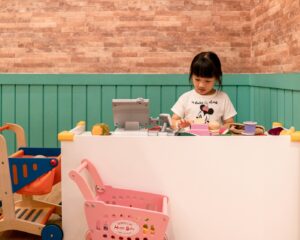




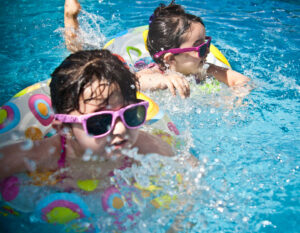
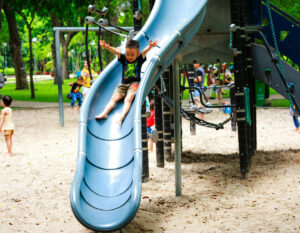
 View All
View All
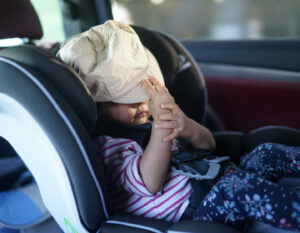



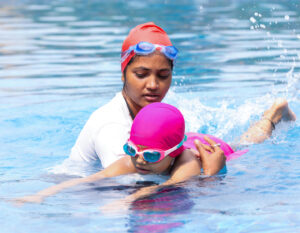
 View All
View All


 View All
View All









